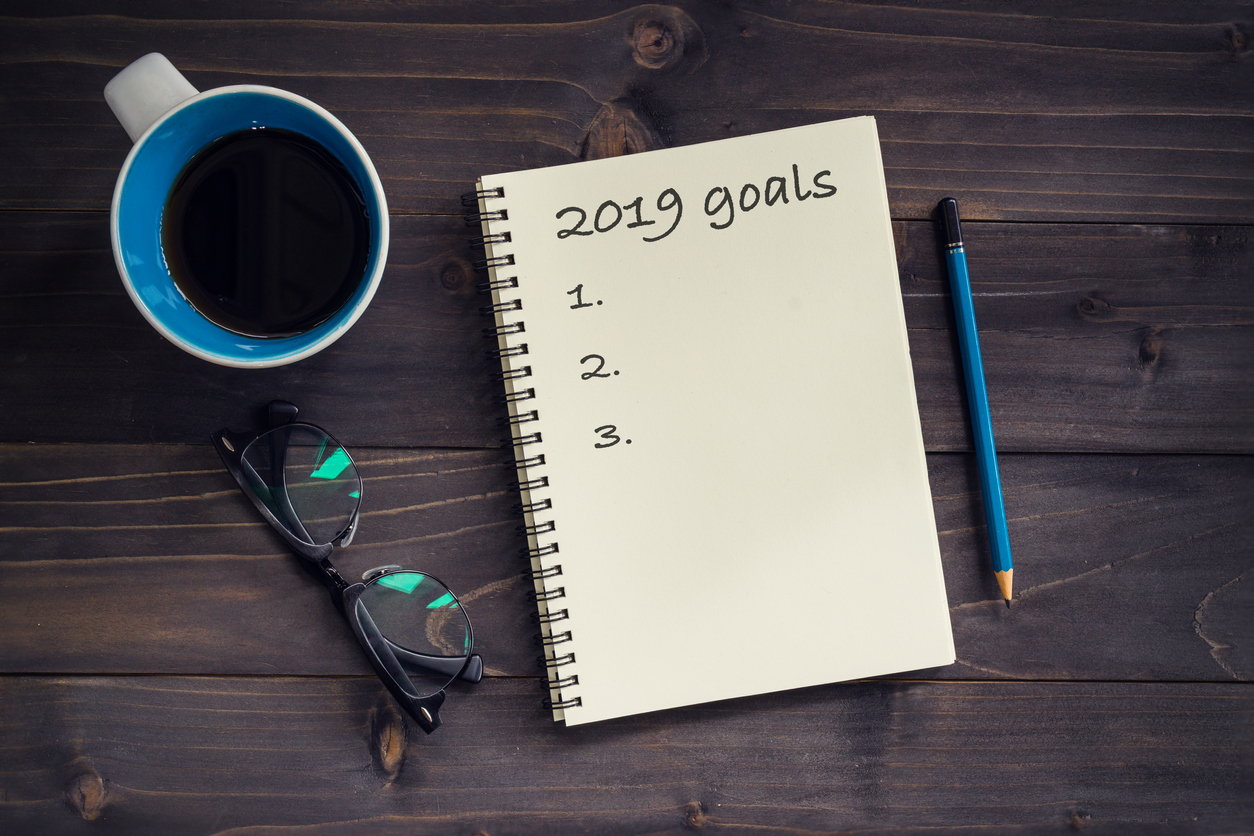
It’s come that time of year when people will be making resolutions for the New Year. According to an article in Journal of Clinical Psychology, less than 10% of adults who make New Year’s resolutions will be able to maintain them (Norcross, Blagys & Mrykalo, 2002). So what are the key strategies to keeping our resolutions? It helps to start by understanding the motivating factors behind the resolution. What positive effects will this resolution have? How will it impact your life and the lives of the people around you? It’s also useful to develop solid goals. The classic SMART acronym is a good way to approach goal development (Doran, 1981). Goals should be:
Specific: Make sure to develop a goal that is clear and specific. What is it that you want to achieve?
Measurable: How will you track progress toward the goal?
Achievable: Make sure to scale the goal into manageable steps.
Relevant: Is the goal realistic? If achieved, will it produce the desired effects?
Timebound: What is realistic timeframe to have the goal completed? If it’s an ongoing goal, how often should it be reviewed?
When it comes to resolutions, it’s important to recognize that goals are really about creating habit change. The habit will need to be maintained while working toward the goal. Often enough, the habit will need to be maintained after the achievement of the goal, as well. It’s helpful to understand the habit loop (Duhigg, 2012). This is the neurological pattern behind any habit. The habit loop consists of a cue, a routine, and a reward. The golden rule of habit change is to replace the habit with a new, more productive habit (Duhigg, 2012). Keep the cue of the habit that you want to change, and keep the same reward. What changes, however, is the routine. When a person understands their motivation, and develops goals that consider the habit loop, that person is much more likely to see their resolution through. Happy New Year!
John Windsor – Mandt Faculty



